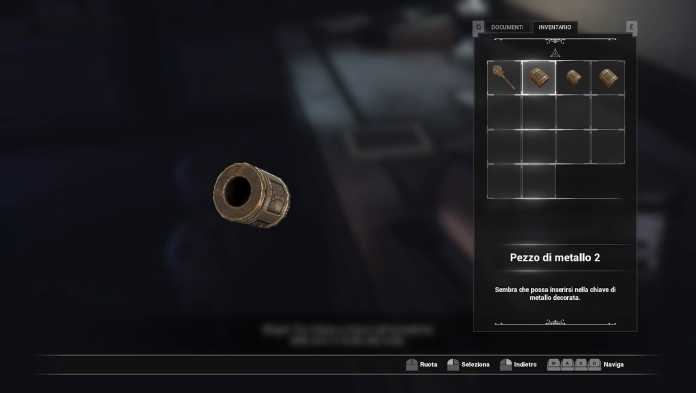Phobia St. Dinfna Hotel is inspired by titles that have defined the horror genre to try to capture fans: will it be successful?
The horror game market continued to feel PT’s influence after the premature demise of Hideo Kojima and Guillermo del Toro’s Silent Hills. Fans therefore continued to look for a similar experience in productions capable of taking up the good ideas of the “Playable Teaser” to make them their own. There has not always been talk of great successes, of course: Bloober Team with Layers of Fear (here is the review of Layers of Fear 2) has tried to stand out with inspiration from cinema and painting, while SadSquare (to you the review of Visage ) has ventured into a tribute to more exponents of the genre.
Well, in some ways even the most recent Phobia: St. Dinfna Hotel seems to cross PT with Resident Evil 7 Biohazard, in a dark-hued adventure with shooter elements conceived by the Brazilian team Pulsatrix Studios, born in 2018 and making its debut in the gaming industry. Will it have managed to stand out from the competition? Let’s find out right away.
Between flashbacks and time leaps
The awakening of João Luis on a dark day in May 1960 is not the best, as his blood stains the stone of a prison. Someone gave him the opportunity to escape, but from what? The symbol of a pyramid with four spheres set at the vertices is painted on the bricks of the cell and also appears on a sheet placed on a table: it is the Sacred Path, a sect that for years has been conducting unspecified experiments on human beings “for the principle of Free Will”. João, private investigator and reporterwas discovered just as he was trying to find out information about this cult and the activity of believers in the complex of the Hotel St. Dinfna, and for this reason he was imprisoned.
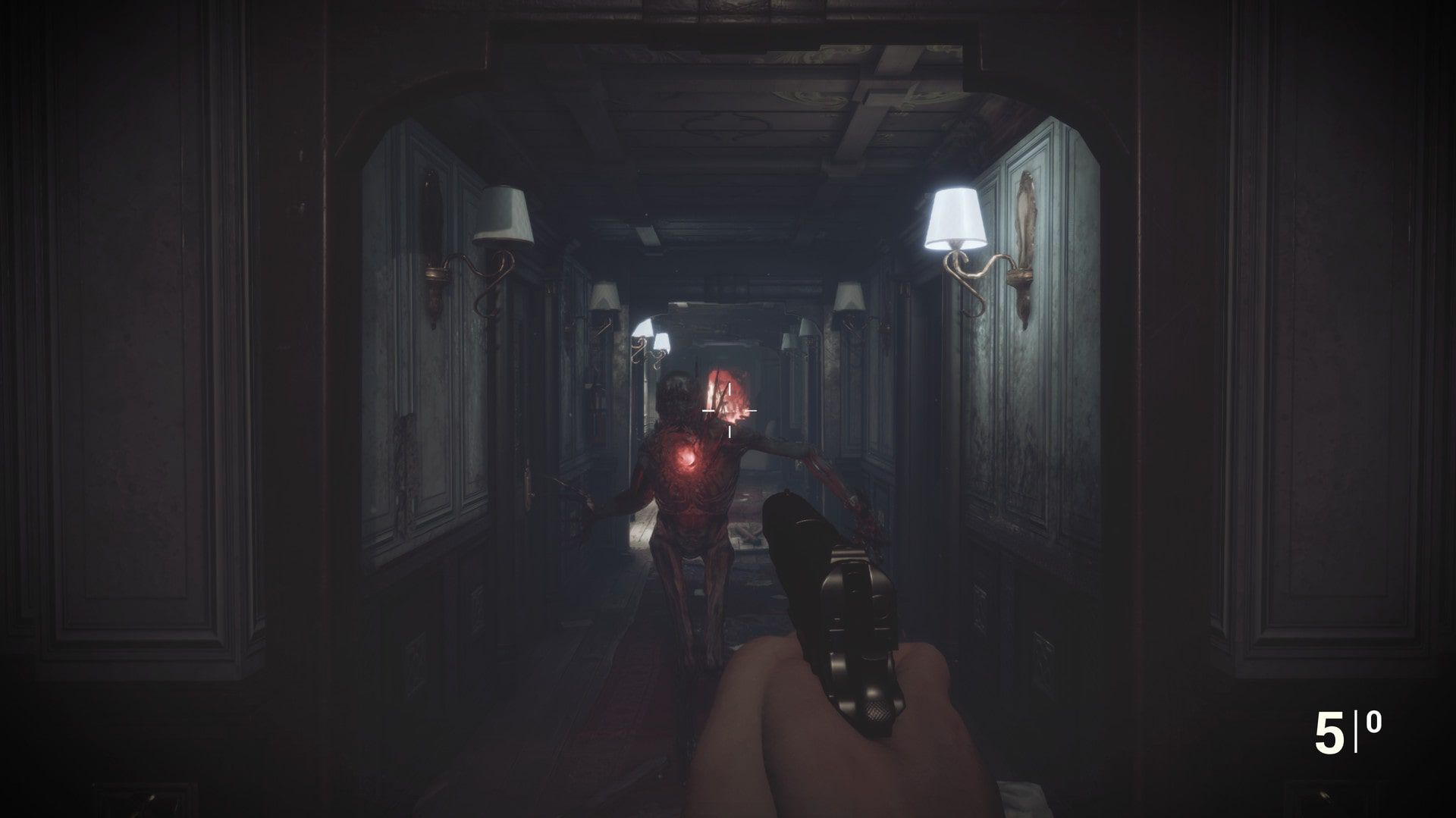
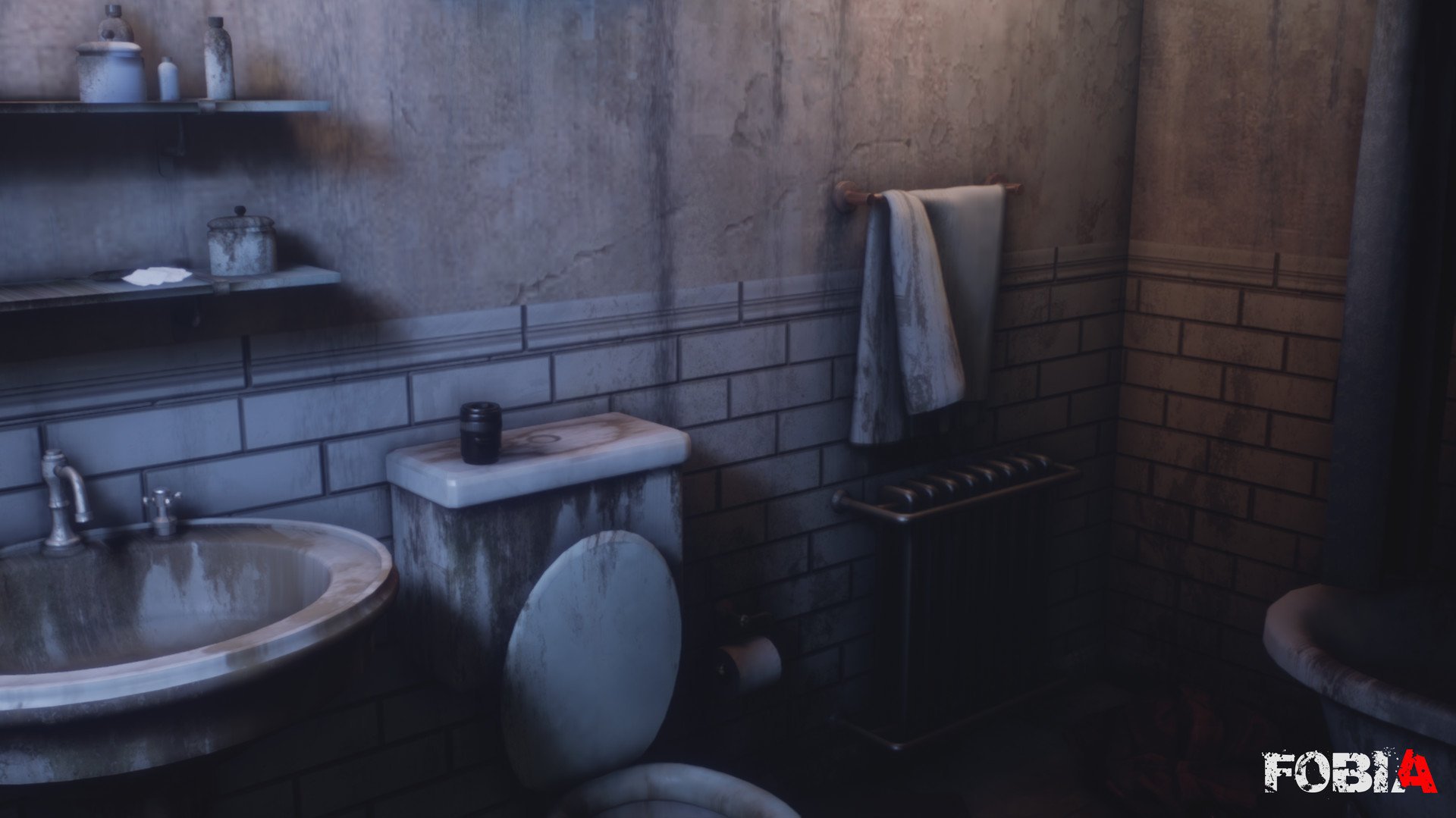
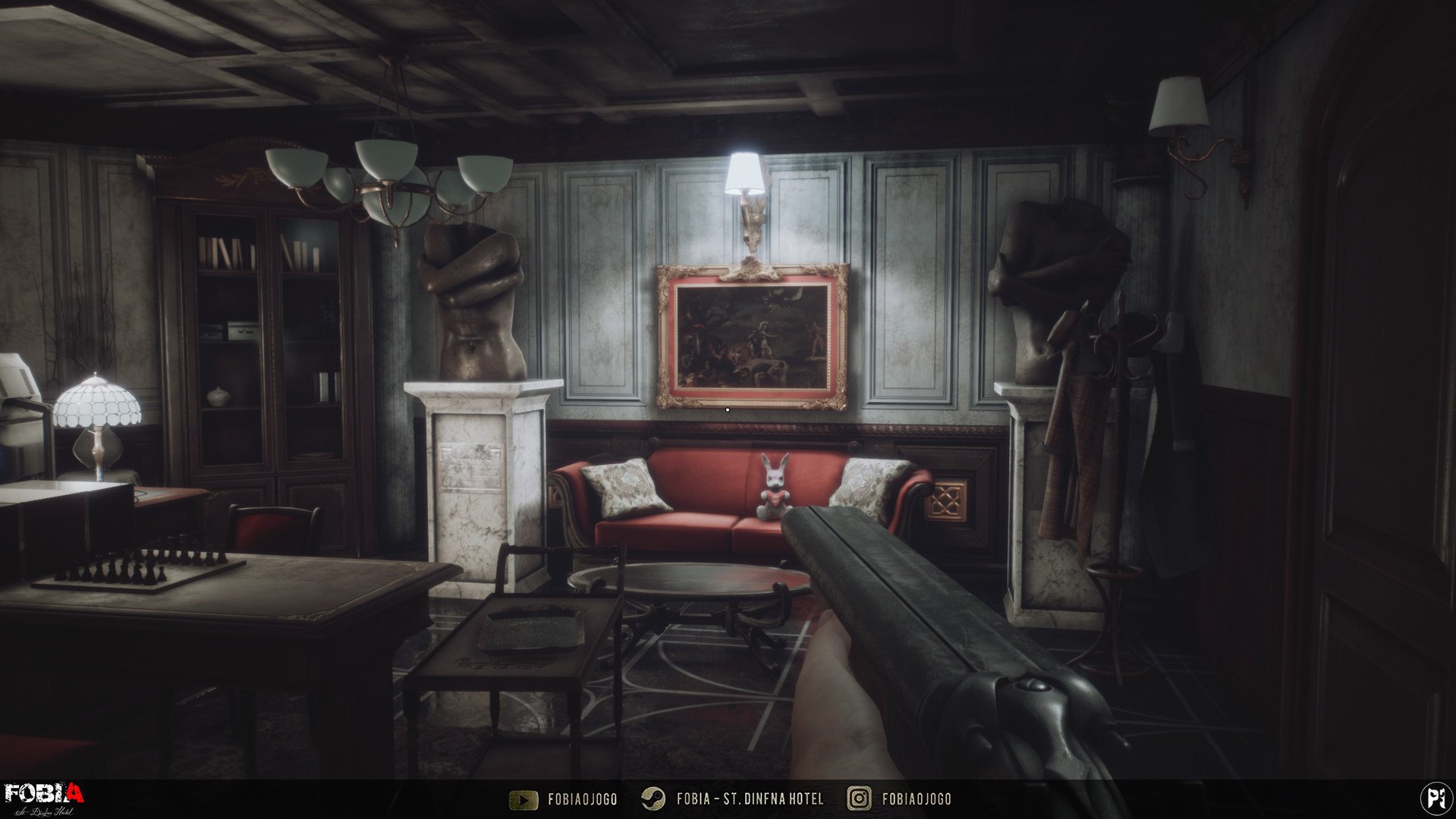
His escape attempt is thwarted from an abominable creature which for strength and size has nothing to envy to Nemesis, the Tyrant of Resident Evil 3 (here is the special on the fifty shades of Nemesis). Here Phobia catapults us to September 2009, making us arrive with a short cinematic “to the Shining” at the Hotel St. Dinfna in Treze Trilhas (to be translated into Thirteen Paths).
In history they take on the role of Roberto Leite Lopes, another reporter from the area interested in solving the mystery of the Sacred Path. Before reaching room 610, it is necessary to explore the tourist complex, starting from the main hall: among advertising flyers dedicated to the sect and war memorabilia – including an intriguing Enigma machine – it is possible to learn the first elements of history, from the construction of the hotel to part of the “Prophet Christopher”, at the founding of the Sacred Path in the 1920s, until the death of man in mysterious circumstances.
After a week of unsuccessful investigations, a paranormal event in his room shakes everything up and takes Roberto Leite Lopes further in time, a year after his registration at reception. It’s a turbulent and confusing start, not without cliché but capable of involving.
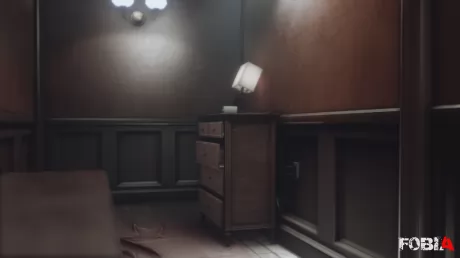
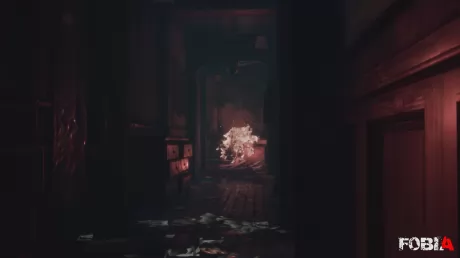
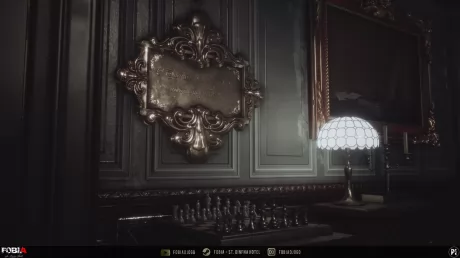
Nevertheless, Phobia overflows with documents and notes that already from the first minutes of the game help us unravel the problem: the result is an adventure so enigmatic and disturbing but ready to answer our questions. The exploration of the tourist complex is a crucial element of the experience and Pulsatrix Studios has chosen intelligent solutions to fuel our curiosity and, of course, terror: doors ajar or barred, building plans with drawn question marks and, above all, blood red or pitch black handprints. Each of these is located near a point where it is necessary to use ours special camera, capable of making us take a leap in time to 1960: this tantalizing playful expedient opens walls and doors, makes a different version of the rooms accessible, with additional objects and clues necessary for the continuation of the story. Unfortunately, however, there is no lack of scenic edges: continuing in the game, in fact, you will find modern laptops and entire hyper-technological workstations in this reality of the 60s, while most of the hotel is still in ruins due to recent events.
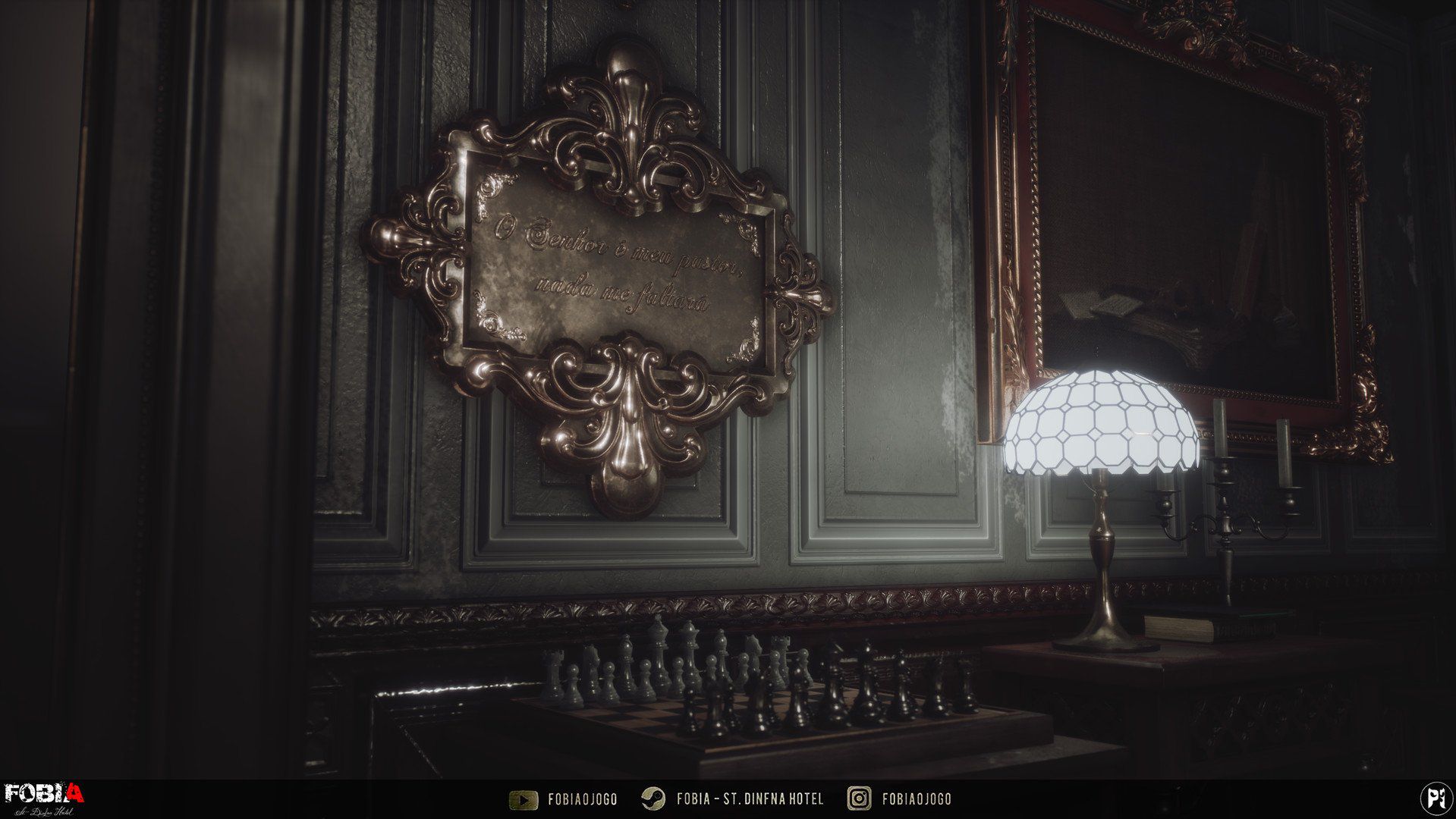
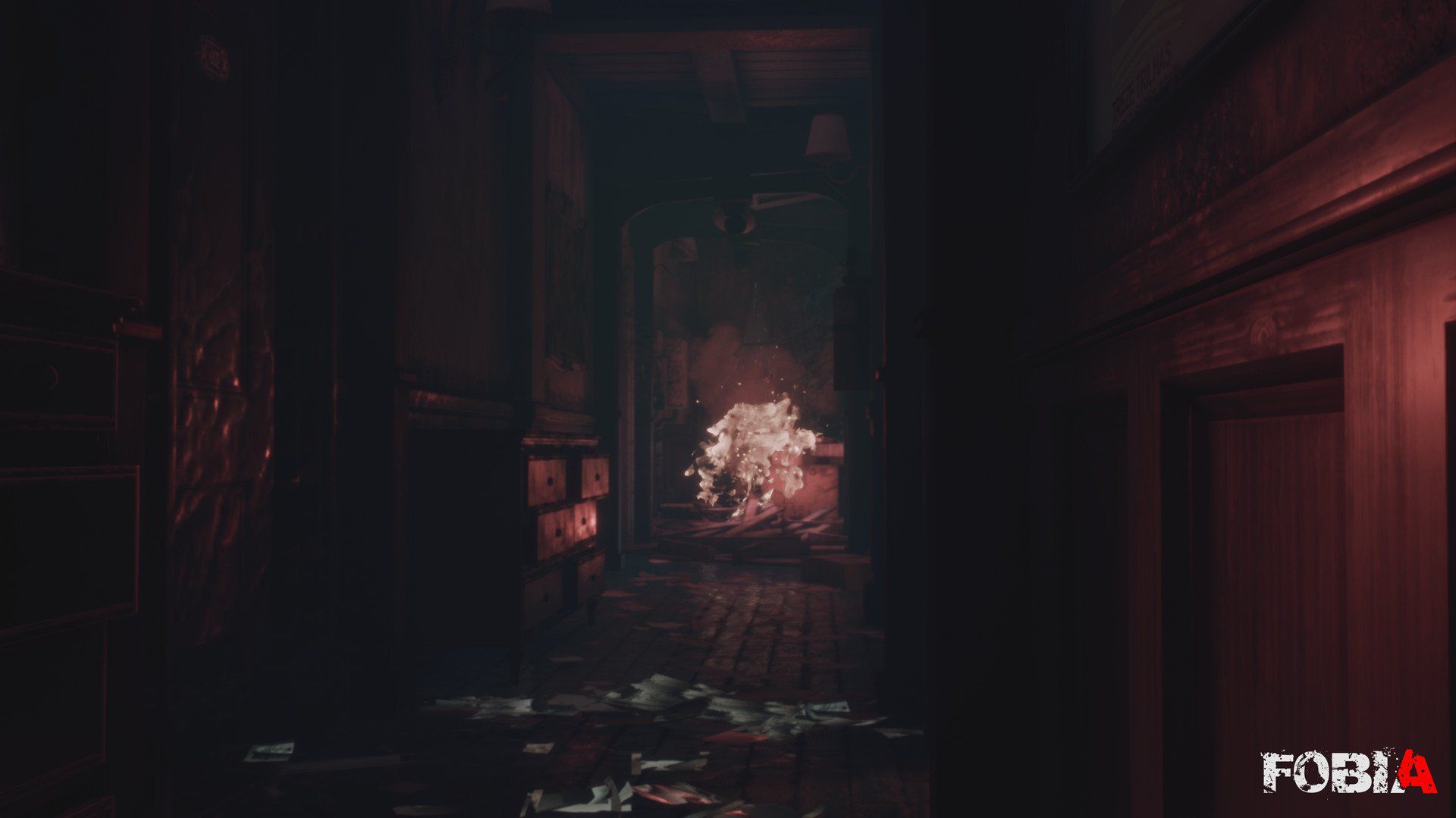
In a nutshell, “time travel” it is not without inconsistencies which in part reduce its charm. Accompanying these momentary temporal leaps we find real flashbacks on the style of the prologue of Phobia. In these situations it is possible to discover further narrative pieces, even of fundamental importance. The story itself is well presented and has two different endings depending on the final choice, but it draws excessively from other old school horror and for this reason it is sometimes banal.
He who seeks finds
From the very first minutes, Fobia pushes us to open every drawer or door, to observe walls and corridors with the camera in hand to look for clues and solve puzzles or to find secret passages, essential objects such as gauze and ammunition, notes and collectibles.
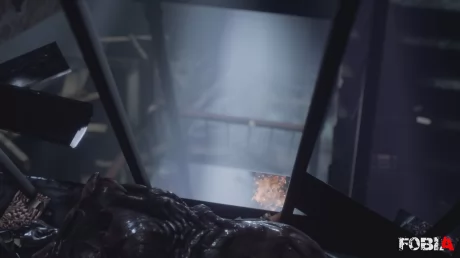
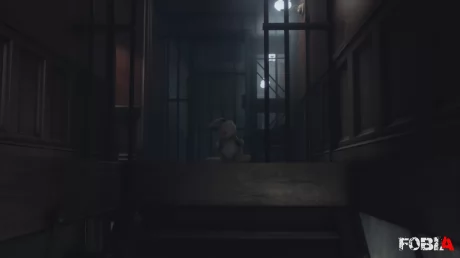
Robbing the hotel rooms requires a little patience, yet it is not boring, in fact it is almost one treasure hunt topped off with sudden scares and sounds that force us to stay alert to avoid running into small jumpscare. It could be said that “those who seek, find” precious objects, but also terror. Through the halls of the complex sometimes sinister noises are heard, the view becomes blurred and small spider-like creatures surprise us from the walls but it is the sudden reveal of a mysterious little girl which indicates to the protagonist the way to follow to have disturbed us more. In the backtracking sections to solve the puzzles, all that we will find “scary” are some monsters to kill: if you have a weak heart and want to get out of your comfort zone for a few hours, therefore, don’t expect to jump out of your chair.
Regarding the puzzle elements, the search for clues ends in most cases with really elementary puzzles, the only difficulty of which is constituted precisely by the possible need to explore the entire hotel before you get to grips with it. Someone might appreciate the great importance of patrolling the building but honestly we would have liked a less tedious backtracking and a greater complexity of the puzzles, two elements that would have made Phobia a little more engaging and balanced.
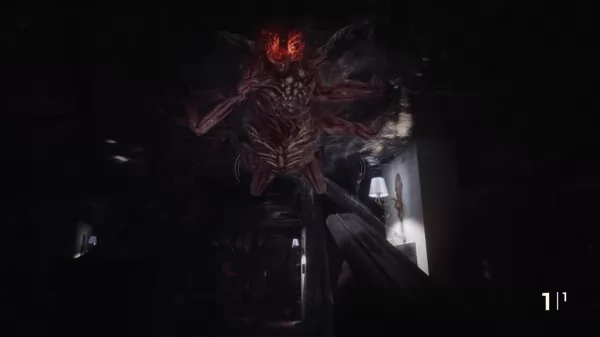
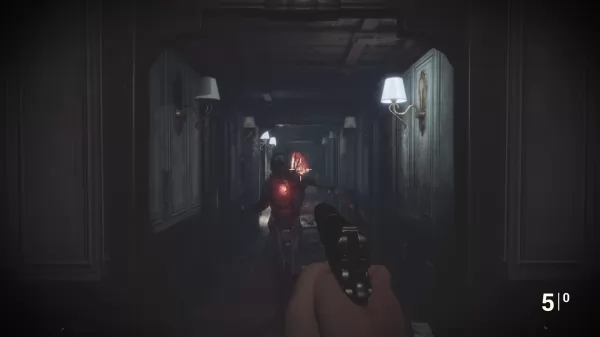
You can turn on hints from the options menu to remind us what our goal is but they won’t help us much. As for the shooter component of this horror journey, the protagonist is a journalist with little experience with firearms. Consequently, it is not possible to go wild and shoot wildly with a pistol, sawn-off shotgun and submachine gun. To this are added an important recoil and the few ammunition, to be dosed properly by hitting exclusively the heart of demonic creatures. The two most common types of monsters, the little spiders and a kind of skeletal zombie, require a handful of bullets to take down, unlike the more tough mini bosses.
Creatures must be very close to our alter ego to be able to attack him and that changes only when they unleash one of the rare special hits, which in any case can be easily dodged given the elementary AI that moves abominations. Precisely because of the lack of artificial intelligence, on a few occasions we have used the treatments available and even less are the situations in which we actually found ourselves in difficulty.
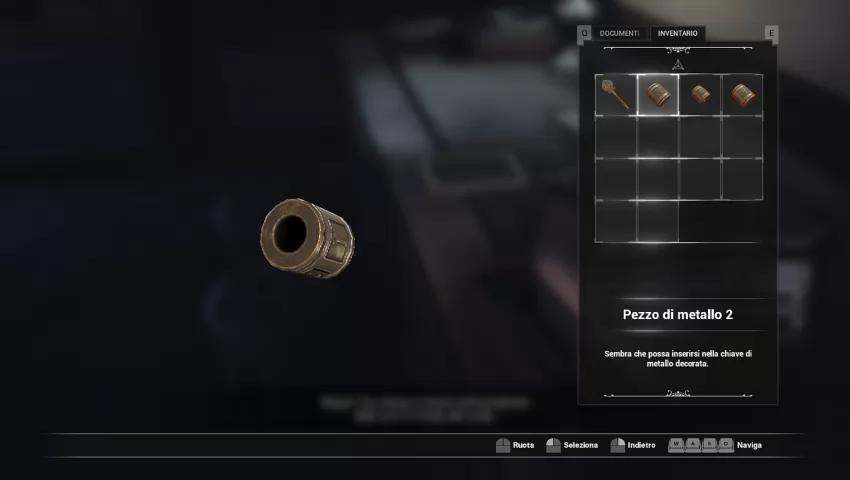
Inventory management isn’t exactly straightforward: in most situations the few slots available, to which others can be added by accumulating purses and backpacks, must be occupied by the right objects at the right time. In short, sometimes you have to leave keys and even weapons inside the “universal box” to make room for something else. In several locations we can still access the trunk, often accompanied by a pendulum clock with which it is possible to save the game. After all Phobia: St. Dinfna Hotel has the right length for a survival horror in the style of Resident Evil, as it takes about ten hours to complete.
A swinging design
Coming to the graphics sector, thanks to Unreal Engine 4 Phobia makes its figure without reaching such high levels: the initial repetitiveness of the environments fades as the adventure continues, while the furniture models are sometimes rich in details and on other occasions far less convincing. While the creatures have a creepy design in just the right place, the few characters you meet are roughly rendered and feature woody animations.
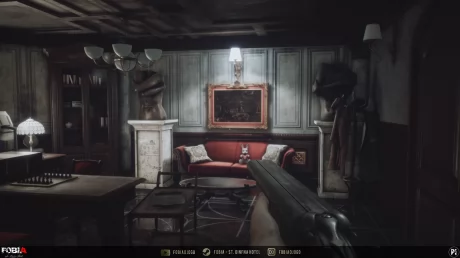
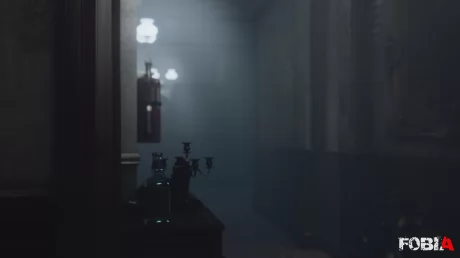
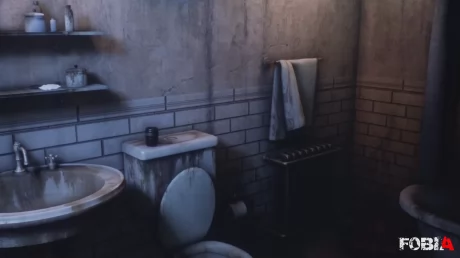
The brief moments of visual confusion and distortion of the environments are guaranteed by light effects that are all in all convincing, to which are added simple but well-made transitions, from the opening of a door to the vision of the abominations that we will have to face. The absence of a real interface it helps to sharpen the immersion of the experience and in general, when the HUD appears between notes to read and the inventory overview, it does a much better job than the counterpart of the demo version, net of the less characteristic icons and a low quality font. A note of merit should instead be given to sound design: Phobia abounds with sounds that characterize the gloomy atmosphere, while every single object used has an egregious audio response, from the movement of a key when entering a room, to the individual firearms, clearly passing through the hideous creatures that inhabit structure. Even the English dubbing – accompanied however by Italian subtitles – is surprisingly well done but a better job could have been done on the musical tracks linked to moments of tension.


